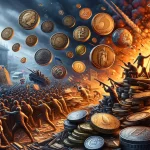Historical Context and Evolution of Coinage
The Dawn of Coins: From Barter to Metal
Imagine the world before coins—a chaotic marketplace where bartering ruled. A farmer with eggs might desperately haggle with a cloth merchant, but what if the merchant didn’t want eggs that day? Enter coinage, humanity’s ingenious solution to this messy exchange process. Around 600 BCE, the first coins appeared in ancient Lydia (modern-day Turkey), gleaming discs of electrum stamped with lions. These weren’t just currency—they were an invention that altered civilization itself.
And oh, how they evolved! As empires rose, so did the ambition behind their coins. The Roman denarius, for instance, didn’t only facilitate trade; it symbolized the power of the empire, stamped with the faces of emperors who claimed divine authority. Even in medieval Europe, rulers saw coins as tools of influence—each one carrying not just value, but a message of who held power.
- The Greek drachma: a currency that oiled the wheels of Mediterranean commerce.
- The Chinese spade money: an eccentric precursor to the round coins we know today.
Coins became more than metal—they became storytellers, whispering tales of conquests, cultures, and shifting powers through the ages.
Forged in Chaos: Coinage and Change
As revolutions brewed across centuries, from the French Revolution to the American War of Independence, coins transformed yet again. Revolutionary leaders knew the true value of these metallic messengers. They wielded them like banners to declare independence, unity, and defiance.
Take the French Revolution: amid fiery upheaval, new coins emblazoned with the words “Liberté, Égalité, Fraternité” spread those ideals faster than pamphlets ever could. In America, George Washington’s likeness on the first U.S.-minted coins wasn’t accidental—it was a clear proclamation of sovereignty, loud enough for Britain to hear.
Coinage during change didn’t just reflect revolution; it fueled it. It turned ideals into something tangible, something you could hold in your hand and spend at the market. Every scratched coin in circulation carried not only its face value but a hint of the zeitgeist.
Role of Coinage in Economic Transformation During Revolutions
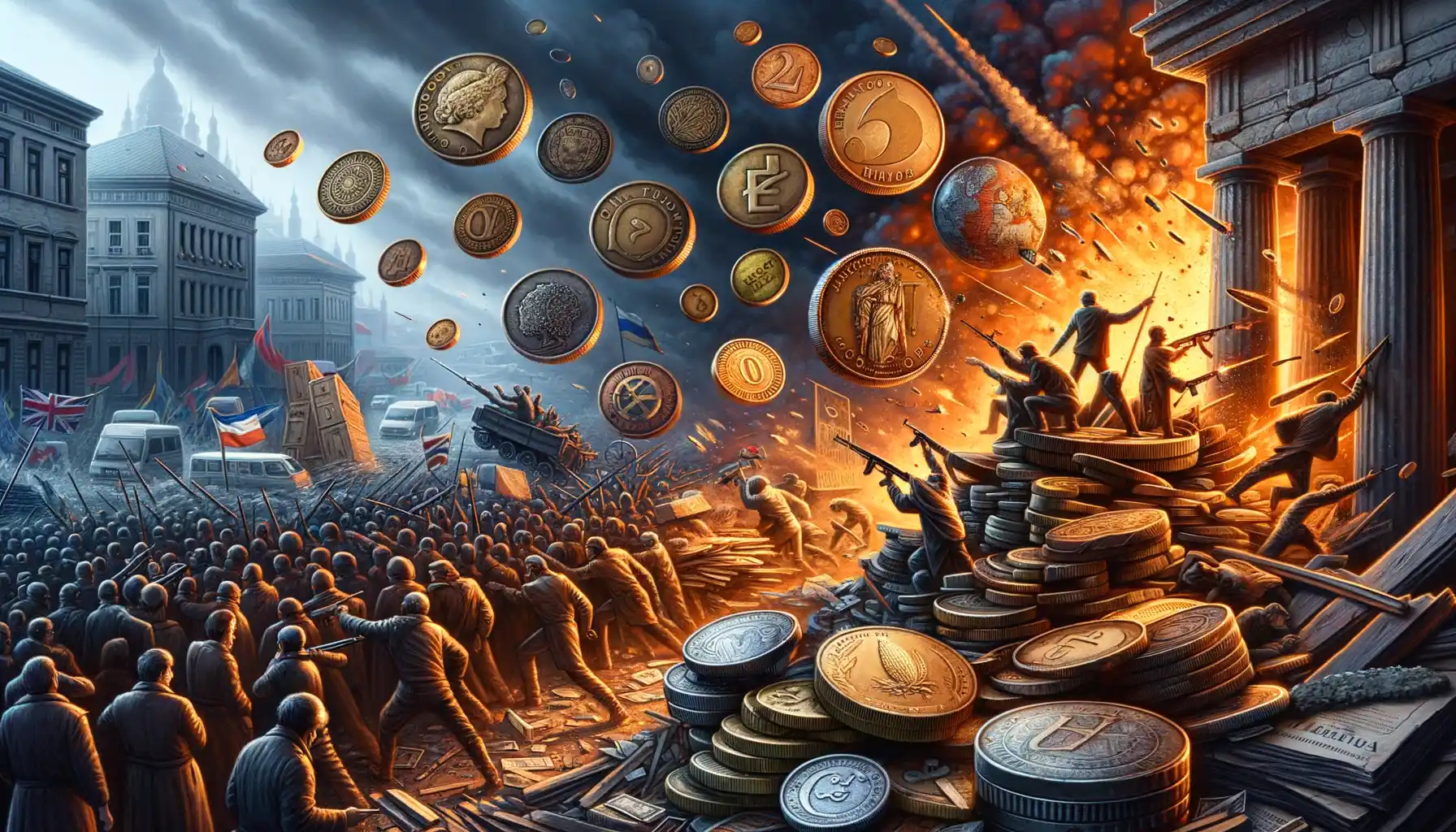
When Coins Spark Economic Revolutions
Picture this: a nation on the brink of transformation, its people clamoring for change—not just with banners and speeches but with something tangible, something that jingles in their pockets. The role of coinage in revolutionary eras wasn’t just practical; it was electrifying. These little metal discs symbolized power shifts, economic upheaval, and a break from “the way things were.”
During revolutions, coins became tools of rebellion and reconstruction. New governments minted their own currency to sever economic ties with oppressive regimes. Old monarchies? Their coins often featured rulers’ faces, oozing with authority. Revolutionary coinage, however, took an opposite route—embedding ideals like liberty, equality, or even just bold, unadulterated national identity.
- They funded wars and rebellions, circulating resources where they mattered most.
- They issued new values and weights, equalizing power between people and regions.
In revolutionary France, for instance, the livre crumbled under inflation, paving the way for the franc, symbolizing not just a monetary overhaul but a societal one. Economically speaking, these coins flipped scripts. They reallocated wealth, reset trading practices, and, perhaps most profoundly, made every citizen feel like they had a piece of the revolution in their hands. It was change you could literally hold.
Coinage as a Symbol of Sovereignty and Propaganda
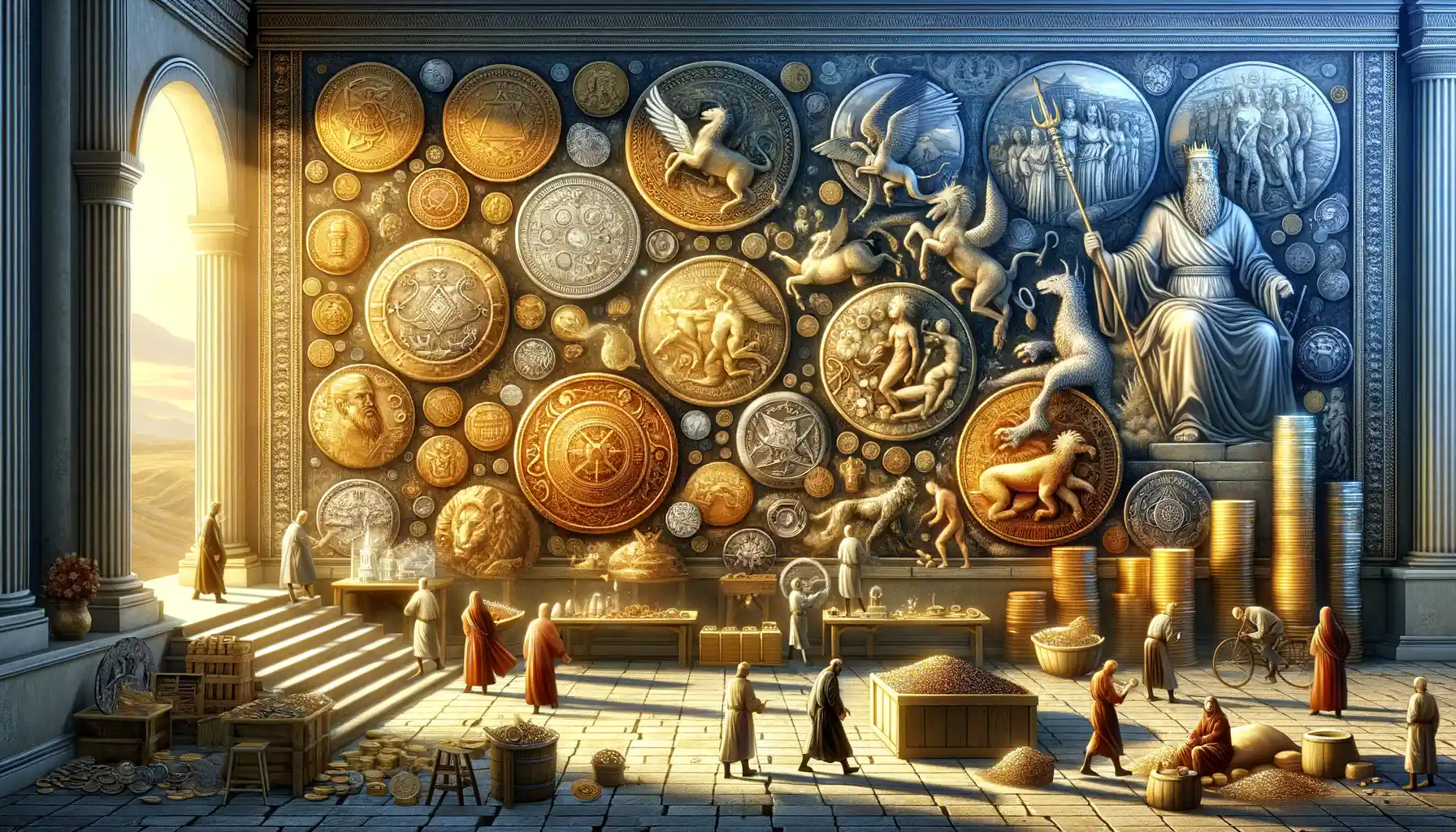
Icons of Power in Metal
Coins have always been more than just currency; they are miniature billboards of authority, history, and intention. Imagine holding a revolutionary coin in your hand—a tiny monument etched with bold symbols, fierce mottos, or the face of a freshly minted leader. This isn’t just pocket change; it’s a declaration of independence, a war cry, or even a claim to divine right. In moments of upheaval, such as revolutions, coins become tools as much as weapons: they shape perception, rally citizens, and draw lines in the sand.
Take, for example, the American Revolutionary War. Early colonial coinage often bore the words “Mind Your Business” or a rattlesnake coiled with the phrase “Don’t Tread on Me.” These designs weren’t random—they screamed defiance at the British Crown. Or consider the French Revolution’s shift from royal imagery to symbols of liberty, like the Phrygian cap.
- Every coin shouted: “We’re free, we’re sovereign, and we’re here to stay!”
- Every engraving whispered: “Trust this new order, not the old one.”
In essence, revolutionary coinage became sharp-edged propaganda, slipped into every hand, pouch, and till—a constant reminder of who held power and who had lost it.
Impact of Revolutionary Coinage on Public Trust and National Identity
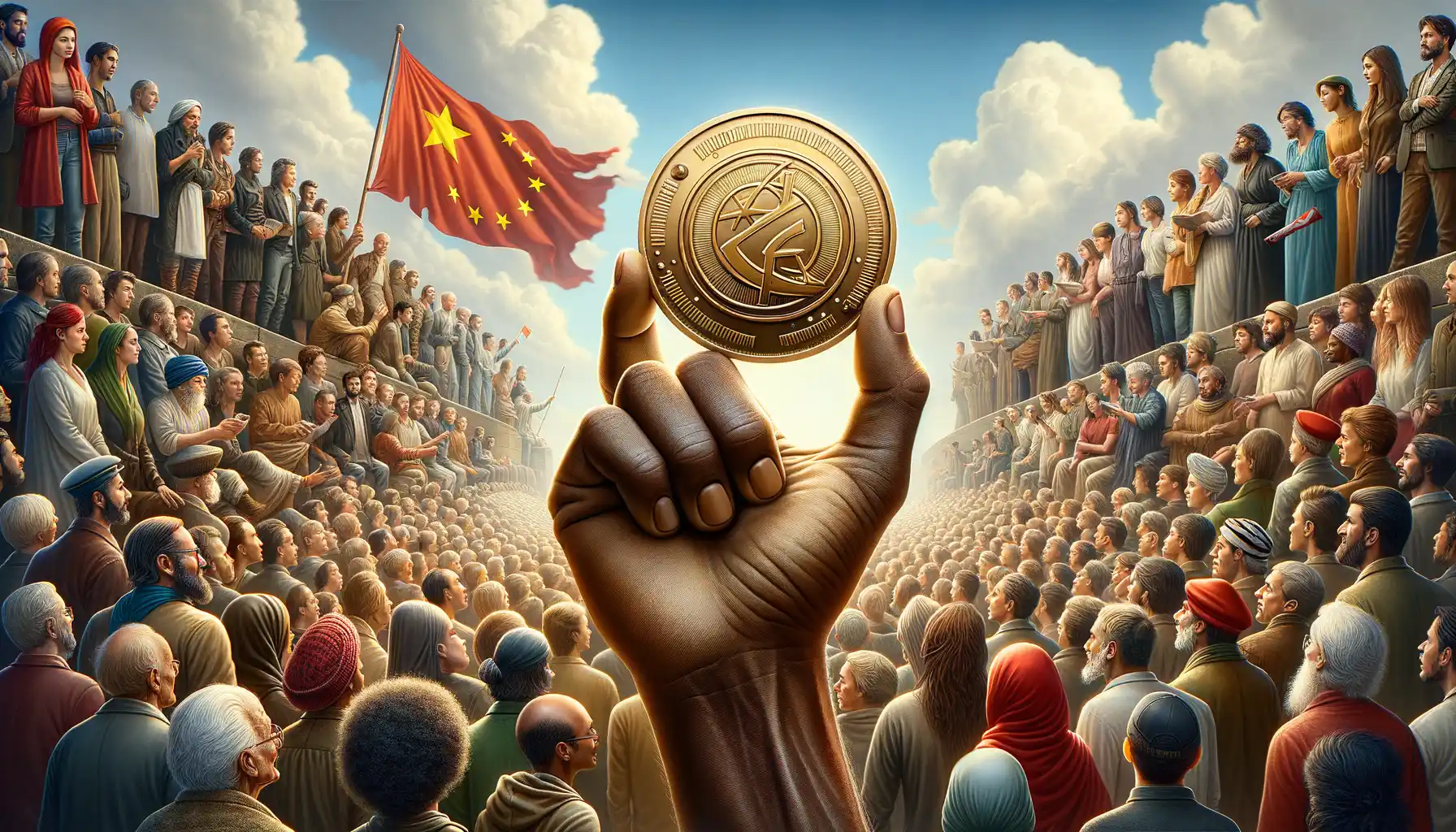
The Emotional Ripple Effect of Revolutionary Coinage
Picture this: a newly minted coin, gleaming with symbols of change, lands in the palm of a citizen. It’s not just currency—it’s a declaration. Revolutionary coinage has a way of speaking directly to people, whispering stories of hope, defiance, and a shared future.
During times of upheaval, these coins became more than metal discs; they were anchors in turbulent waters. For many, holding a coin emblazoned with a new emblem or slogan was like gripping a piece of history in their hands. It wasn’t just about trade—it was about trust. Could this new leadership keep its promises? Would their vision hold steady as the nation rebuilt?
The truth is, revolutionary coinage didn’t just rebuild economies—it reshaped identities. It reminded people who they were and what their nation could become. Those small, shiny artifacts carried the weight of dreams and destiny alike.
Legacy and Lessons from Revolutionary Coinage
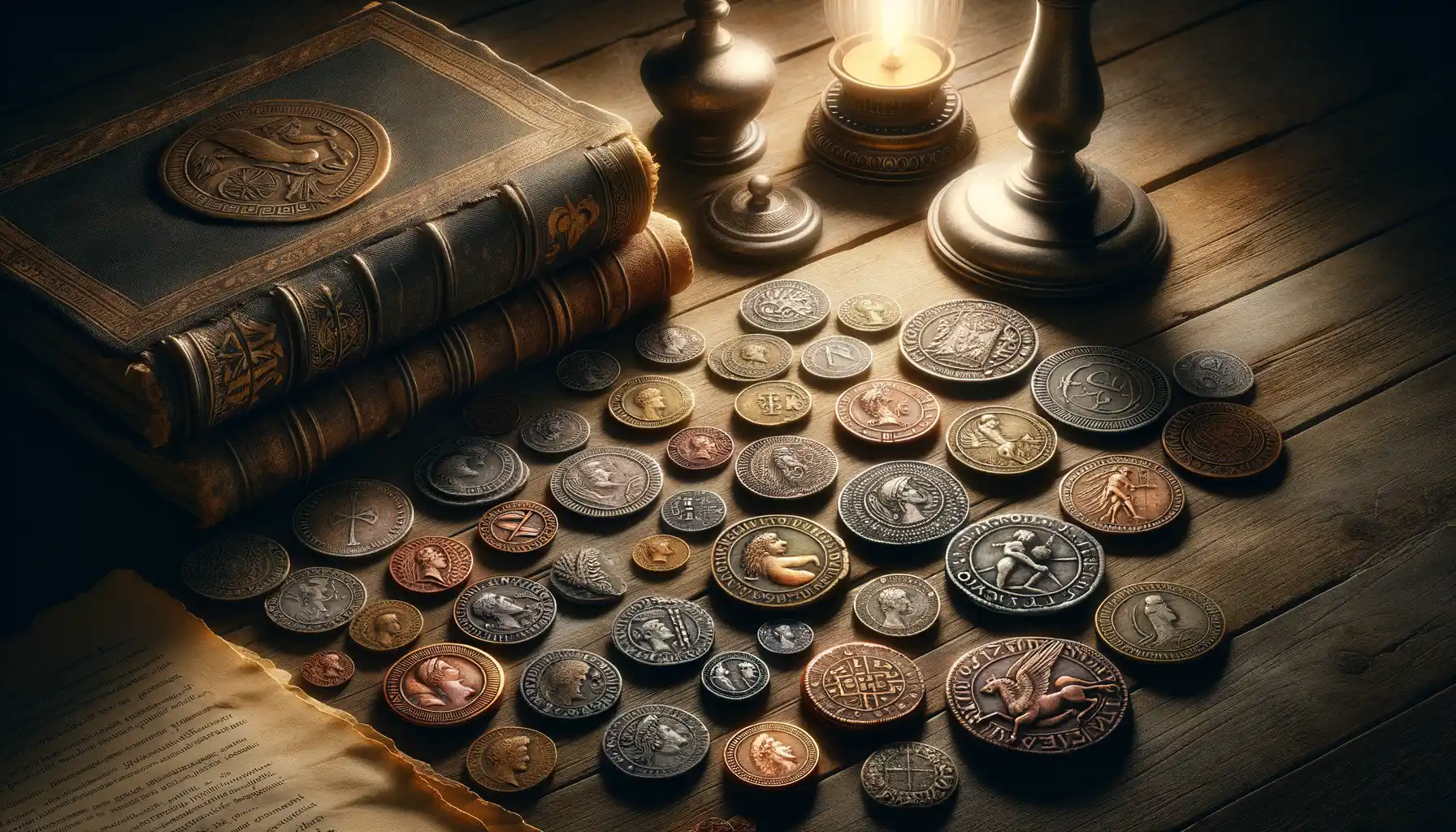
Revolutionary Coins as Echoes of Change
Every coin tells a story, but revolutionary coinage shouts it from the rooftops. These pieces of metal—stamped, scuffed, and carried in the hands of determined people—are far more than currency. They’re time capsules, each whispering tales of upheaval, hope, and unyielding ambition. For example, consider the bold designs of the French Revolution’s “assignat” coins: they weren’t just monetary instruments; they symbolized the rejection of monarchy and the dawn of people’s power.
But there’s more to these coins than symbols. Take the humble copper coins minted during the American Revolution. They were rudimentary, rough around the edges (literally), yet they bore mottos like “Mind Your Business.” These weren’t just quirky sayings—they reflected an ideal of hard work and independence. In their imperfection, they embodied the grit and scrappiness of a new nation finding its footing.
- Designs changed to ignite emotion: Patriots identified their fight in the coins they traded.
- Material scarcity reflected sacrifice: Bronze and copper often replaced precious metals, mirroring wartime struggles.
The Double-Edged Legacy of Revolution in Metal
Revolutionary coinage wasn’t just a triumph of creativity—it was also an experiment. Minting currencies during turbulent times meant making extraordinary decisions. Some choices cemented legacy; others invited chaos. Take Mexico’s war for independence: newly minted coins bore the face of liberty, yet counterfeiters twisted this freedom into economic instability.
Still, the lessons are undeniable. Revolutionary coins teach us that money is never neutral. It speaks. It rallies. It divides. It unites. Each image and slogan stamped onto a coin is a message to future generations: a reminder of where we’ve been and what we’ve dared to dream.


